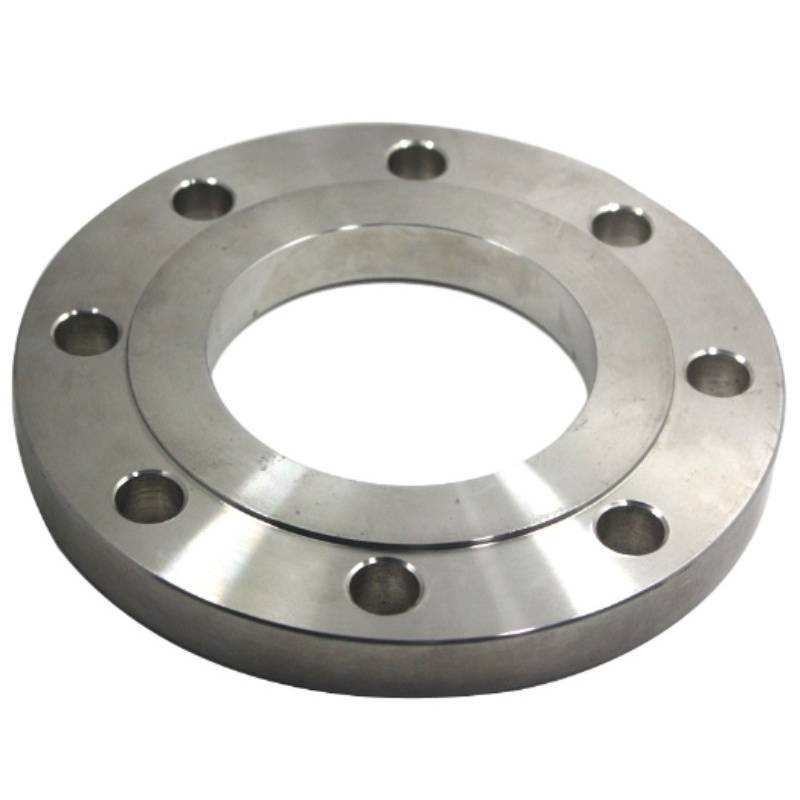-
Cangzhou Yulong Steel Co., Ltd.
-
Phone:
+86 13303177267 -
Email:
admin@ylsteelfittings.com
- English
- Arabic
- Italian
- Spanish
- Portuguese
- German
- kazakh
- Persian
- Greek
- French
- Russian
- Polish
- Thai
- Indonesian
- Vietnamese
- Zulu
- Korean
- Uzbek
- Hindi
- Serbian
- Malay
- Ukrainian
- Gujarati
- Haitian Creole
- hausa
- hawaiian
- Hebrew
- Miao
- Hungarian
- Icelandic
- igbo
- irish
- Japanese
- Javanese
- Kannada
- Khmer
- Rwandese
- Afrikaans
- Albanian
- Amharic
- Armenian
- Azerbaijani
- Basque
- Belarusian
- Bengali
- Bosnian
- Bulgarian
- Catalan
- Cebuano
- China
- China (Taiwan)
- Corsican
- Croatian
- Czech
- Danish
- Esperanto
- Estonian
- Finnish
- Frisian
- Galician
- Georgian
- Kurdish
- Kyrgyz
- Lao
- Latin
- Latvian
- Lithuanian
- Luxembourgish
- Macedonian
- Malgashi
- Malayalam
- Maltese
- Maori
- Marathi
- Mongolian
- Myanmar
- Nepali
- Norwegian
- Norwegian
- Occitan
- Pashto
- Dutch
- Punjabi
- Romanian
- Samoan
- Scottish Gaelic
- Sesotho
- Shona
- Sindhi
- Sinhala
- Slovak
- Slovenian
- Somali
- Sundanese
- Swahili
- Swedish
- Tagalog
- Tajik
- Tamil
- Tatar
- Telugu
- Turkish
- Turkmen
- Urdu
- Uighur
- Welsh
- Bantu
- Yiddish
- Yoruba

Oct . 21, 2024 22:49 Back to list
Understanding the Applications and Benefits of Threaded Blind Flanges in Piping Systems
Understanding Threaded Blind Flanges An Essential Component in Piping Systems
In modern industries, the efficiency and integrity of piping systems play a crucial role in the overall functionality of various processes, from oil and gas to water supply and beyond. Among the various components used in these systems, threaded blind flanges stand out as a vital element known for their reliability and versatility. This article aims to delve into the characteristics, benefits, and applications of threaded blind flanges, highlighting why they are essential in industrial piping systems.
What is a Threaded Blind Flange?
A threaded blind flange is a type of flange that is used to seal the end of a piping system, effectively blinding it. Unlike standard flanges that connect two piping sections, a blind flange does not have any hole or opening in the middle. It is solid and is designed to provide a closure, making it an ideal choice for maintenance or future expansions. The threaded variant means that the flange is equipped with internal threads which enable it to be screwed onto the external threads of a pipe.
Characteristics of Threaded Blind Flanges
1. Material Options Threaded blind flanges come in a variety of materials including stainless steel, carbon steel, and plastic. The choice of material often depends on the application, working conditions, and required durability.
2. Sizes and Standards They are available in numerous sizes and conform to several industry standards including ASTM, ANSI, and DIN. This makes it easier to find flanges that can match existing piping components.
3. Pressure Ratings These flanges are classified by pressure ratings, such as Class 150, Class 300, and Class 600, indicating the pressures they can handle safely. Understanding these ratings is crucial to ensure that the flanges used in a specific application can withstand the operational pressures.
4. Thread Design The threaded design allows for easy installation, as the flanges can be attached to the pipe without the need for welding or special tools, which simplifies maintenance and reduces time expenditures during installations.
Benefits of Using Threaded Blind Flanges
1. Ease of Installation The primary advantage of threaded blind flanges is their straightforward installation. Simply screwing them onto the pipe can save significant labor costs and time during construction or repair projects.
threaded blind flange

2. Cost-Effectiveness Since they do not require welding, threaded blind flanges reduce the overall costs associated with piping assembly. This can be particularly beneficial for larger projects with numerous connections.
3. Reusability These flanges can be reused multiple times as they do not suffer from permanent deformation during installation. This feature adds to their cost-effectiveness and environmental sustainability by minimizing waste.
4. Accessibility With a threaded blind flange, accessing the piping system is significantly easier for maintenance. If a future connection is required or if maintenance is necessary, the blind flange can be easily removed and replaced.
Applications of Threaded Blind Flanges
Threaded blind flanges find various applications across multiple industries, primarily in situations where flexibility and adaptability are required
- Oil and Gas Industry Used in pipelines to provide closures for maintenance sections, allowing for repairs without needing to drain the entire system. - Water and Wastewater Management Implemented to seal off sections of pipes for periodic inspection and servicing.
- Chemical Processing Utilized in areas where pipes are often reconfigured or modified, allowing for adjustable management of chemical flow.
- HVAC Systems Frequently employed to close off unused lines or to facilitate modification without significant structural alterations.
Conclusion
Threaded blind flanges are an indispensable tool in the world of piping systems, providing a practical and efficient closure solution that simplifies installation and maintenance. With their numerous benefits and applications, they continue to be a preferred choice in various industrial settings. Understanding the characteristics and uses of threaded blind flanges is crucial for engineers and project managers as they strive to create robust and adaptable piping systems that meet their operational demands. By choosing the right materials and specifications, industries can ensure reliability and longevity in their piping infrastructures.
Latest news
-
ANSI 150P SS304 SO FLANGE
NewsFeb.14,2025
-
ASTM A333GR6 STEEL PIPE
NewsJan.20,2025
-
ANSI B16.5 WELDING NECK FLANGE
NewsJan.15,2026
-
ANSI B16.5 SLIP-ON FLANGE
NewsApr.19,2024
-
SABS 1123 FLANGE
NewsJan.15,2025
-
DIN86044 PLATE FLANGE
NewsApr.19,2024
-
DIN2527 BLIND FLANGE
NewsApr.12,2024
-
JIS B2311 Butt-Welding Fittings LR/SR 45°/90° /180°Seamless/Weld
NewsApr.23,2024











